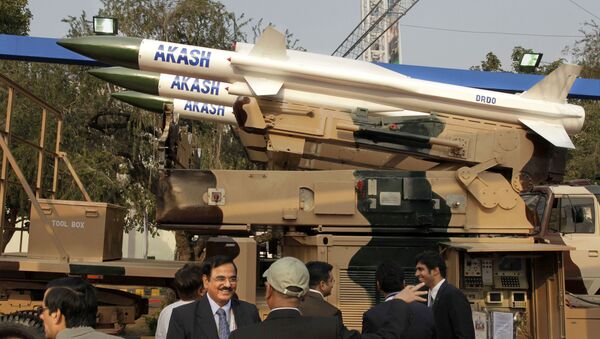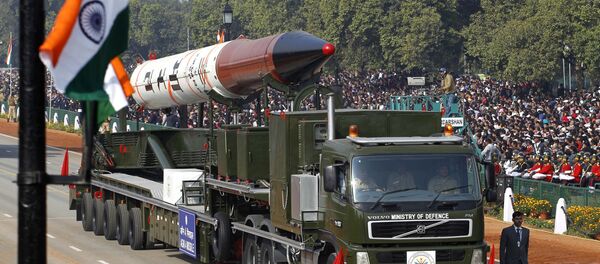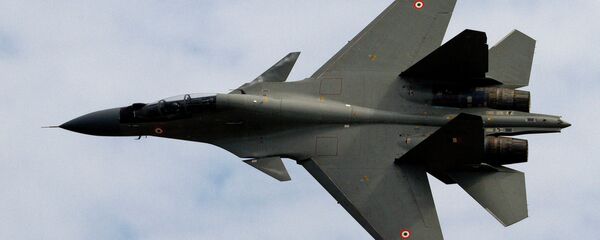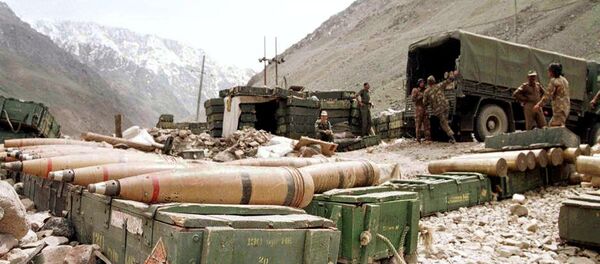A report from the nation's office of the Comptroller and Auditor General (CAG) claimed that the Akash missiles "fell short of the target, had lower than the required velocity, and there was malfunctioning of critical units."
"Out of 80 missiles received up to November 2014, 20 missiles were test fired during April-November 2014. Six of these missiles… 30 percent, failed the test," the report added.
These deficiencies pose "an operational risk during hostilities."
This must be discouraging news for Indian defense — not only were the missiles a massive project, valued at 36 billion rupees ($561 million), but they were made in India as part the country's "Make-In-India" initiative, which seeks to reduce Indian dependence on foreign-made goods, including weapons. Worst of all, the missiles were approved as part of a tougher stance against China — and this report comes in the wake of decades-high tensions between the two nations.
The Akash missiles, manufactured by the state-owned defense corporation Bharat Electronics, are meant to be used against fighters, drones and helicopters attacking air bases. They have been a centerpiece of the defense wing of Make-In-India, as the vast majority of India's surface-to-air missile arsenal are of Russian or Soviet production. The Akash impressed during tests in 2008, leading to the highly lucrative contract in early 2010 to produce 750 missiles across six air force bases.
Seven and a half years later, none of the systems have been fully installed.
The CAG blamed the lack of progress on a lack of necessary infrastructure at the air force bases, which "could not be completed till October 2016 at any of the sites." The report added that while the work was nearly completed at two of the six sites, the Indian Air Force "had not taken over these buildings because of defects in the construction, which rendered them unsuitable for strategic missile system storage. In other stations, the progress was below 45 percent as of October 2016."
There was more bad news. The lifespans of about 260 of the missiles were reduced by improper storage while they sat around, waiting to be installed. This means they will soon need to be replaced, threatening to turn the Akash program into a money sink with no tangible defense gains.
New Delhi can't be happy with this report, as territorial disputes between India and both China and Pakistan have generated significant friction in the region. Indian and Pakistani forces have been trading fire in the disputed territories of Kashmir and Jamma, with over 4,000 people displaced by the violence in July alone.
Meanwhile, India and China have been brought to the brink of war over Doklam, a disputed mountain pass along the three-way border with Bhutan. Both nations have began a military buildup along the border, and the stand-off continues to deteriorate.





